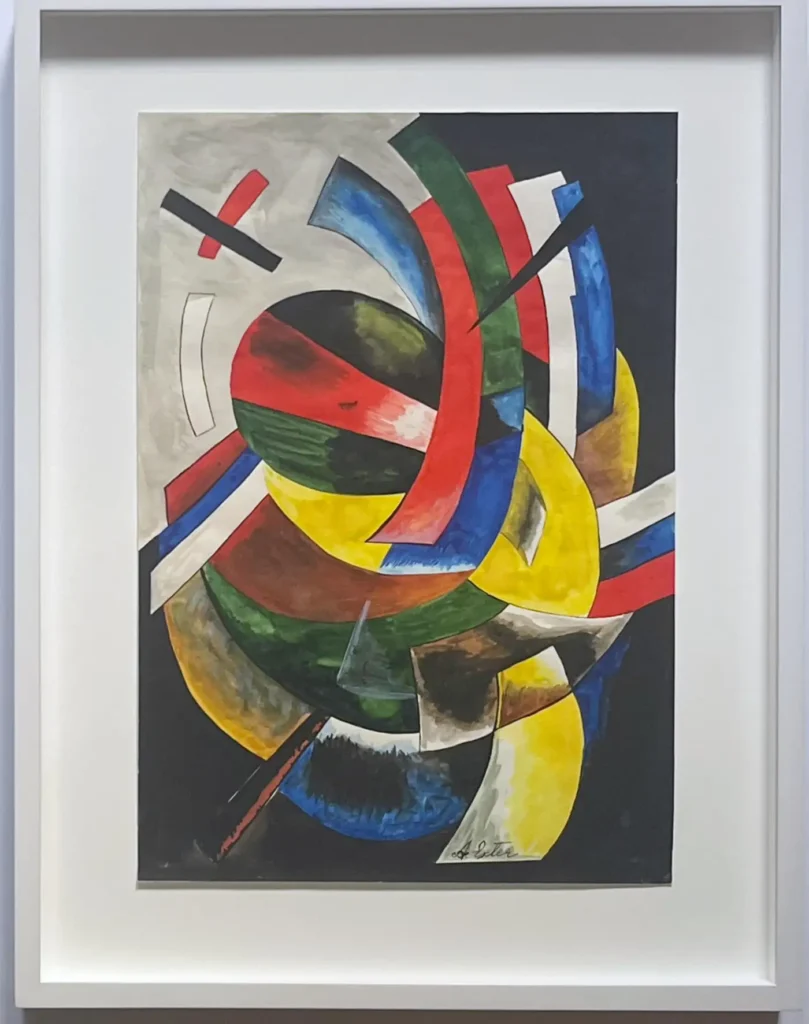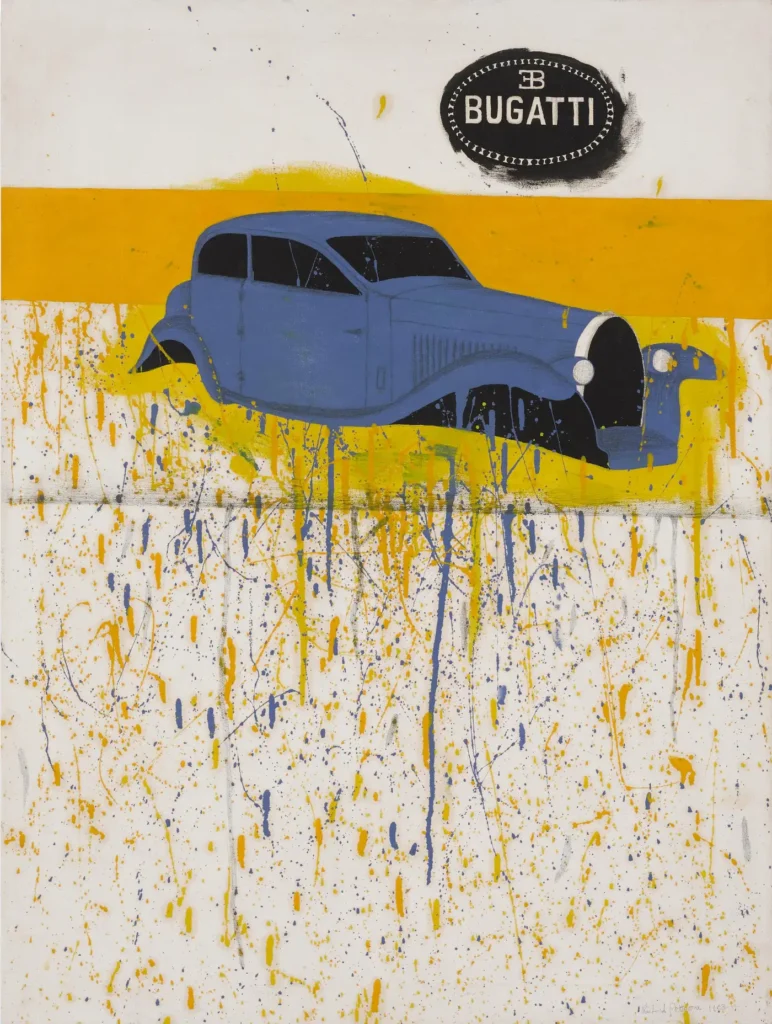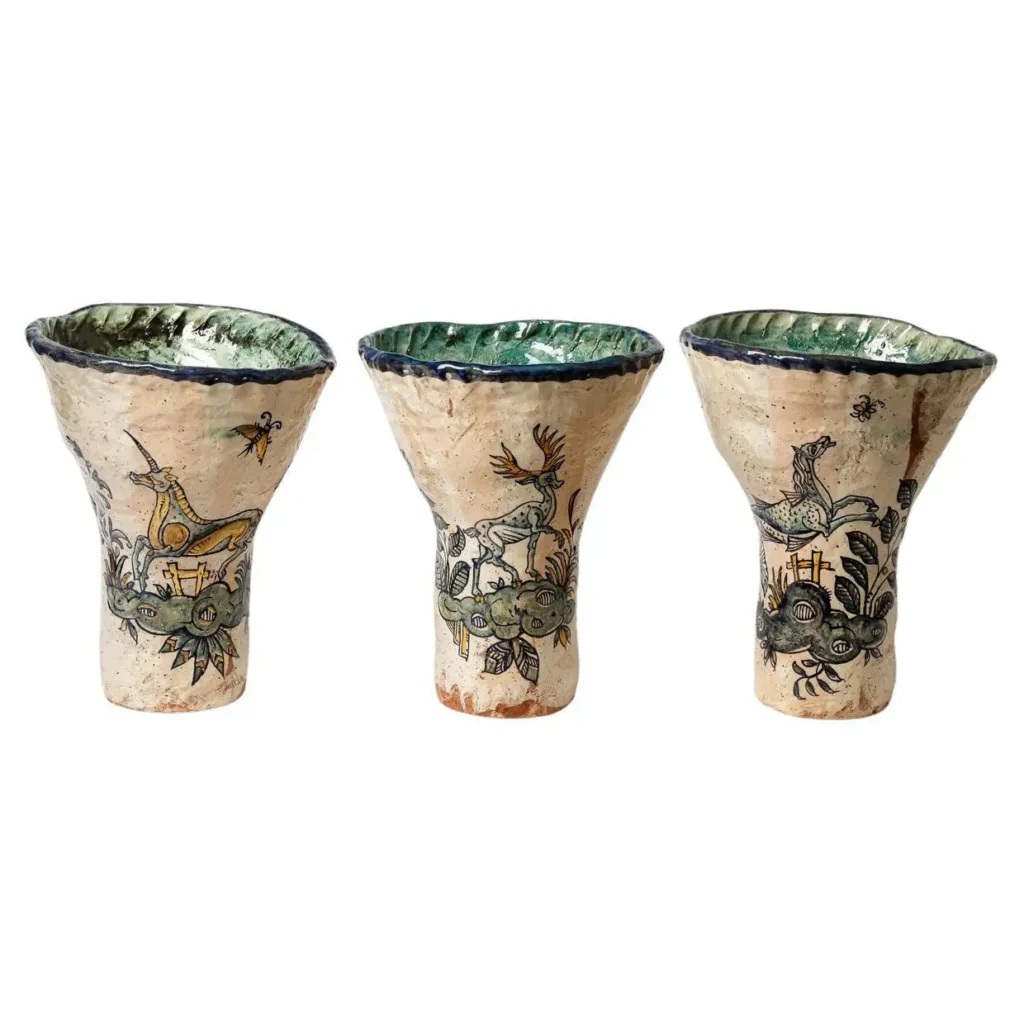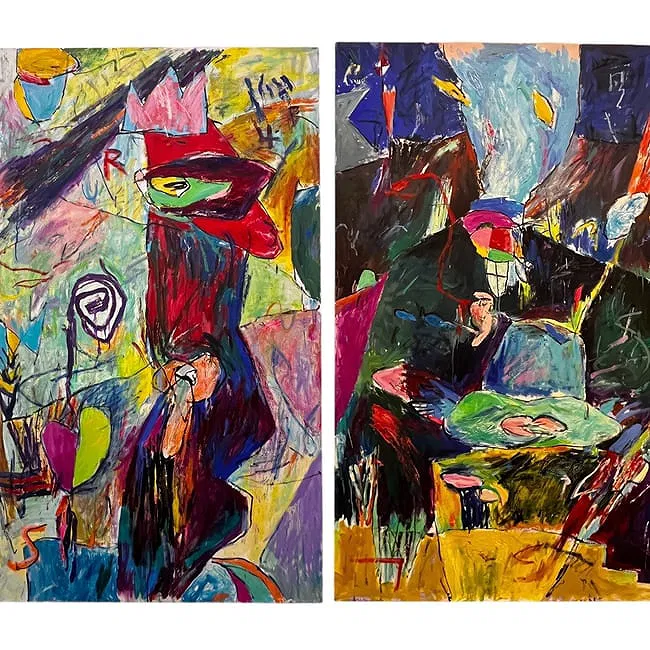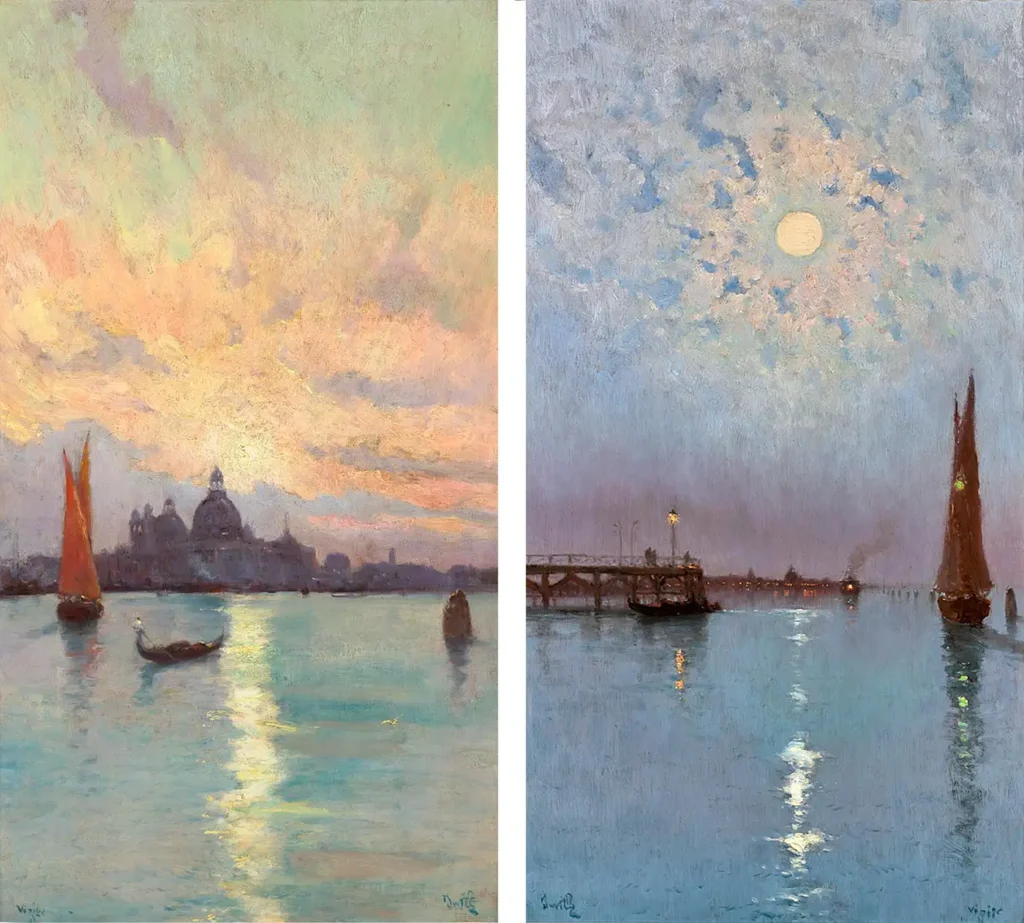Fine Art
Stuart Davis
SHARE
Stuart Davis was an American artist who played a significant role in the development of modern art in the United States. Born in 1892 in New Jersey, Davis was a pioneering figure in the American avant-garde movement, known for his vibrant, abstract paintings that captured the energy and dynamism of the modern urban landscape.
Davis’s artistic journey began at a young age, as he was exposed to the world of art through his father, who was a newspaper illustrator. After studying at the New York School of Art, Davis quickly established himself as a leading figure in the American modernist movement, experimenting with a range of styles and techniques that would come to define his unique artistic vision.
One of the defining characteristics of Davis’s work was his use of bold, geometric shapes and vibrant colors to create a sense of movement and energy on the canvas. His paintings often featured a combination of abstract forms and recognizable elements from the urban environment, such as street signs, billboards, and architectural details. This fusion of the abstract and the representational was a hallmark of Davis’s style, and it helped to establish him as a key figure in the development of American modernism.
Throughout his career, Davis continued to push the boundaries of his art, exploring new techniques and experimenting with different materials. He was particularly interested in the relationship between art and popular culture, and his paintings often incorporated elements of advertising, popular imagery, and mass media. This interest in the intersection of art and everyday life was a central theme in Davis’s work, and it helped to cement his reputation as a pioneering figure in the American avant-garde.
Despite the abstract nature of his paintings, Davis’s work was deeply rooted in his experiences of the modern urban landscape. His paintings often captured the energy and dynamism of the city, with their bold colors and dynamic compositions reflecting the fast-paced, ever-changing nature of modern life. This connection to the urban environment was a key aspect of Davis’s artistic vision, and it helped to make his work both visually striking and intellectually engaging.
In addition to his work as a painter, Davis was also a prolific writer and theorist, who contributed significantly to the ongoing discourse around modern art and its role in American culture. He was a vocal advocate for the importance of abstract art, and he worked tirelessly to promote the work of his fellow American artists both at home and abroad.
Throughout his long and distinguished career, Davis’s work continued to evolve and change, as he experimented with new techniques and explored new themes and ideas. Despite the challenges and controversies that often surrounded his art, he remained a steadfast and dedicated artist, committed to pushing the boundaries of what was possible in the world of modern painting.
Today, Stuart Davis is widely regarded as one of the most important and influential American artists of the 20th century. His vibrant, abstract paintings continue to captivate and inspire audiences around the world, and his legacy as a pioneering figure in the American avant-garde movement remains firmly intact.
Davis’s artistic journey began at a young age, as he was exposed to the world of art through his father, who was a newspaper illustrator. After studying at the New York School of Art, Davis quickly established himself as a leading figure in the American modernist movement, experimenting with a range of styles and techniques that would come to define his unique artistic vision.
One of the defining characteristics of Davis’s work was his use of bold, geometric shapes and vibrant colors to create a sense of movement and energy on the canvas. His paintings often featured a combination of abstract forms and recognizable elements from the urban environment, such as street signs, billboards, and architectural details. This fusion of the abstract and the representational was a hallmark of Davis’s style, and it helped to establish him as a key figure in the development of American modernism.
Throughout his career, Davis continued to push the boundaries of his art, exploring new techniques and experimenting with different materials. He was particularly interested in the relationship between art and popular culture, and his paintings often incorporated elements of advertising, popular imagery, and mass media. This interest in the intersection of art and everyday life was a central theme in Davis’s work, and it helped to cement his reputation as a pioneering figure in the American avant-garde.
Despite the abstract nature of his paintings, Davis’s work was deeply rooted in his experiences of the modern urban landscape. His paintings often captured the energy and dynamism of the city, with their bold colors and dynamic compositions reflecting the fast-paced, ever-changing nature of modern life. This connection to the urban environment was a key aspect of Davis’s artistic vision, and it helped to make his work both visually striking and intellectually engaging.
In addition to his work as a painter, Davis was also a prolific writer and theorist, who contributed significantly to the ongoing discourse around modern art and its role in American culture. He was a vocal advocate for the importance of abstract art, and he worked tirelessly to promote the work of his fellow American artists both at home and abroad.
Throughout his long and distinguished career, Davis’s work continued to evolve and change, as he experimented with new techniques and explored new themes and ideas. Despite the challenges and controversies that often surrounded his art, he remained a steadfast and dedicated artist, committed to pushing the boundaries of what was possible in the world of modern painting.
Today, Stuart Davis is widely regarded as one of the most important and influential American artists of the 20th century. His vibrant, abstract paintings continue to captivate and inspire audiences around the world, and his legacy as a pioneering figure in the American avant-garde movement remains firmly intact.
